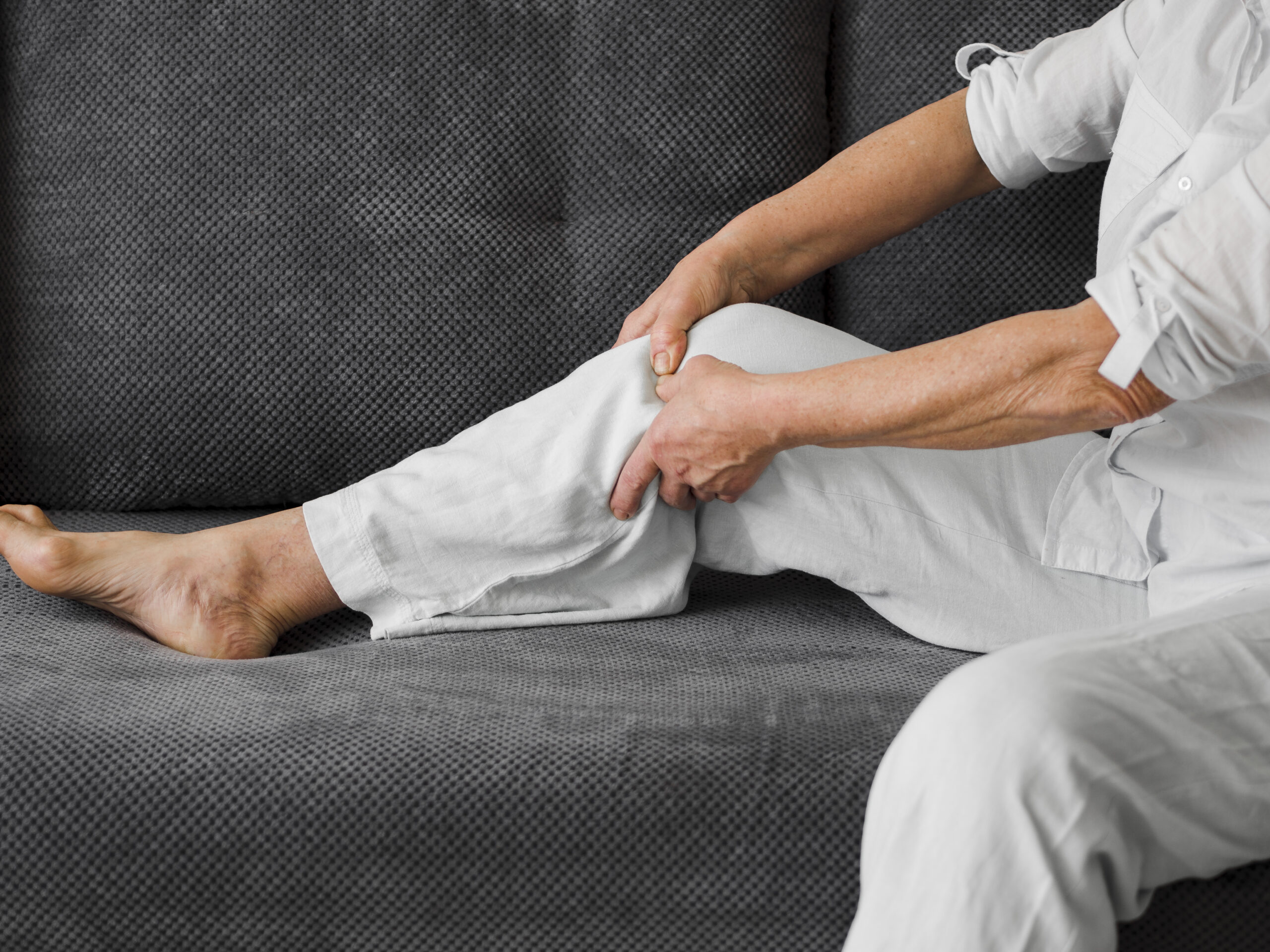The prostate gland is a walnut-sized organ located just below the bladder in men. As men age, it’s not uncommon for the prostate gland to become enlarged, a condition known as benign prostatic hyperplasia (BPH). BPH can cause a range of uncomfortable symptoms
including frequent urination, difficulty starting and stopping urination, and a weak urine stream.
While BPH isn’t cancerous and doesn’t increase the risk of prostate cancer, it can still have a significant impact on a person’s life. In this article, we’ll debunk common myths surrounding BPH and provide answers to all your questions about this noncancerous enlargement of the prostate gland.
- What is Benign Prostatic Hyperplasia?
Benign prostatic hyperplasia (BPH) is a common condition that affects men as they age. It is characterised by the enlargement of the prostate gland, which can lead to a range of urinary symptoms. While BPH is not cancerous, it can cause significant discomfort and affect a man’s quality of life.
The prostate gland is a small gland between the bladder and the penis. It produces fluid that forms part of semen. As men age, the prostate gland tends to enlarge, which can cause the urethra (the tube that carries urine from the bladder out of the body) to narrow.
- Is benign prostatic hyperplasia a serious condition?
Benign prostatic hyperplasia (BPH) is not typically considered a life-threatening condition, but it can cause significant discomfort and affect a man’s quality of life. If left untreated, BPH can lead to complications such as urinary tract infections, bladder stones, and kidney damage. In rare cases, BPH can cause acute urinary retention, which requires emergency medical attention.
The severity of BPH symptoms can vary from person to person. Some men may have only mild symptoms that do not significantly impact their daily lives. In contrast, others may experience more severe symptoms that interfere with their ability to work, socialise, or sleep.
- What are the causes of benign prostatic hyperplasia?
Research suggests that a combination of factors, including ageing and changes in hormone levels, may contribute to its development.
Here are some of the potential causes of BPH:
- Ageing: BPH is primarily a condition of ageing, and the risk of developing it increases. It is estimated that over 50% of men in their 60s, and up to 90% in their 70s and 80s, have some prostate enlargement.
- Hormones: The prostate gland requires male hormones such as testosterone to grow and function. As men age, their testosterone levels tend to decrease while levels of another hormone called dihydrotestosterone (DHT) increase. DHT is thought to play a key role in the development of BPH, as it stimulates the growth of prostate cells and causes the gland to enlarge.
- Genetics: There may be a genetic component to BPH, as studies have shown it tends to run in families.
- Other medical conditions: Certain conditions, such as obesity and diabetes, may increase the risk of developing BPH.
- Lifestyle factors: While lifestyle factors such as diet and exercise do not directly cause BPH, they may play a role in its development or progression. For example, a diet high in saturated fat and red meat may increase the risk of BPH, while regular exercise may help prevent or slow its progression.
- What are the symptoms of BPH?
Benign prostatic hyperplasia (BPH) can cause a variety of urinary symptoms, which can range from mild to severe. These symptoms are a result of the enlarged prostate gland pressing against the urethra, which can make it difficult to empty the bladder completely. Here are some of the most common symptoms of BPH:
- Increased frequency of urination: Men with BPH may need to urinate more often, especially during the night.
- Difficulty starting urination: Men with BPH may find it difficult to start urinating, or they may experience a weak urine stream.
- Weak urine stream: Men with BPH may notice that their urine stream is weaker than usual, and it may take longer to empty their bladder.
- Dribbling at the end of urination: Men with BPH may experience a small amount of urine leakage or dribbling after they finish urinating.
- Inability to completely empty the bladder: Men with BPH may feel like they haven’t fully emptied their bladder after urinating, which can lead to a sensation of urgency and a need to urinate again shortly after.
- Urinary tract infections (UTIs): Men with BPH may be at higher risk for UTIs due to the increased likelihood of incomplete bladder emptying.
- Can BPH be treated without surgery, and is surgery always required to remove it?
Yes, BPH can be treated without surgery. In fact, many men with BPH are able to manage their symptoms through lifestyle changes or medication. Lifestyle changes such as reducing caffeine and alcohol intake, exercising regularly, and avoiding fluids before bedtime can help alleviate symptoms. Medications such as alpha-blockers and 5-alpha reductase inhibitors can also help relax the muscles in the prostate and reduce its size.
However, in cases where lifestyle changes and medication are not effective, surgery may be recommended. Surgery for BPH involves removing or reducing the size of the prostate gland to relieve symptoms. There are several surgical options available, including transurethral resection of the prostate (TURP), laser therapy, and open prostatectomy. The specific procedure recommended will depend on a variety of factors, including the size of the prostate gland, the severity of symptoms, and the patient’s overall health.
It’s important to note that surgery is not always required to treat BPH.
- How to manage BPH?
Several lifestyle changes can help manage the symptoms of benign prostatic hyperplasia (BPH):
- Reduce fluid intake before bedtime: Consuming fluids before bedtime can increase the need to urinate during the night. It is recommended to reduce fluid intake several hours before bedtime to help manage nighttime urination.
- Limit caffeine and alcohol intake: Caffeine and alcohol can irritate the bladder and worsen urinary symptoms. It is recommended to limit the intake of these beverages, especially in the evening.
- Exercise regularly: Regular exercise can help improve overall health and reduce the severity of BPH symptoms. Exercise can also help maintain a healthy weight, which may reduce the risk of developing BPH.
- Maintain a healthy diet: A diet high in fruits, vegetables, whole grains and low in saturated fat and red meat may help reduce the risk of developing BPH. A healthy diet can also help manage symptoms by reducing inflammation and promoting overall health.
- Practice pelvic floor exercises: Pelvic floor exercises, also known as Kegel exercises, can help improve bladder control and reduce the severity of urinary symptoms.
- Reduce stress: Stress can worsen BPH symptoms. Activities such as yoga, meditation, or deep breathing exercises can help reduce stress levels
If you are experiencing symptoms of BPH or any other urological problem, don’t wait any longer to seek treatment. Aveksh Hospital in North Bangalore has a team of experienced urologists who can provide personalised and effective treatment options for your condition.
Don’t let urinary symptoms interfere with your daily life. Take charge of your health and book an appointment with Aveksh Hospital today. Contact us to schedule a consultation with our visiting doctors and start your journey towards better health.
Frequently Asked Questions
What are the warning signs of BPH?
Warning signs of BPH (Benign Prostatic Hyperplasia) include frequent urination, difficulty starting or stopping urination, weak urine stream, feeling like the bladder is not completely empty, and urinary urgency.
Can a person live a normal life with BPH?
A person can live a normal life with BPH by managing the symptoms through lifestyle changes and/or medical treatments.
How long does benign prostatic hyperplasia last?
BPH can last for many years, and the symptoms may worsen over time if left untreated.
How is BPH diagnosed?
BPH is diagnosed through a physical exam, medical history, and tests like a prostate-specific antigen (PSA) blood test, urinalysis, and a prostate biopsy.
What are the treatment options for BPH, and which is the best one?
Treatment options for BPH include lifestyle changes, medication, minimally invasive procedures like the UroLift System or Rezum Water Vapor Therapy, and surgery. The best option for an individual depends on the severity of symptoms and their overall health.
What is the UroLift System, and how does it treat BPH?
The UroLift System is a minimally invasive procedure that uses small implants to lift and hold the enlarged prostate tissue out of the way, reducing pressure on the urethra and improving urine flow.
What is Rezum Water Vapor Therapy, and how does it treat BPH?
Rezum Water Vapor Therapy is a minimally invasive procedure that uses steam to shrink the enlarged prostate tissue, reducing pressure on the urethra and improving urine flow.
How does BPH affect urination?
BPH can affect urination by causing a blockage or narrowing of the urethra, which can result in difficulty starting or stopping urination, a weak urine stream, and the feeling that the bladder is not completely empty.
What are the risk factors for developing BPH?
Risk factors for developing BPH include ageing, family history, obesity, and certain medical conditions like diabetes and heart disease.
What is the AUA symptom index for BPH?
The AUA symptom index for BPH is a questionnaire used by healthcare providers to assess the severity of urinary symptoms and guide treatment decisions.
What is the pathophysiology of BPH?
The pathophysiology of BPH involves the growth of the prostate gland, which can lead to enlargement and compression of the urethra, causing urinary symptoms.
What is the ICD-10 code for BPH?
The ICD-10 code for BPH is N40, which falls under the category of Diseases of the Genitourinary System.






